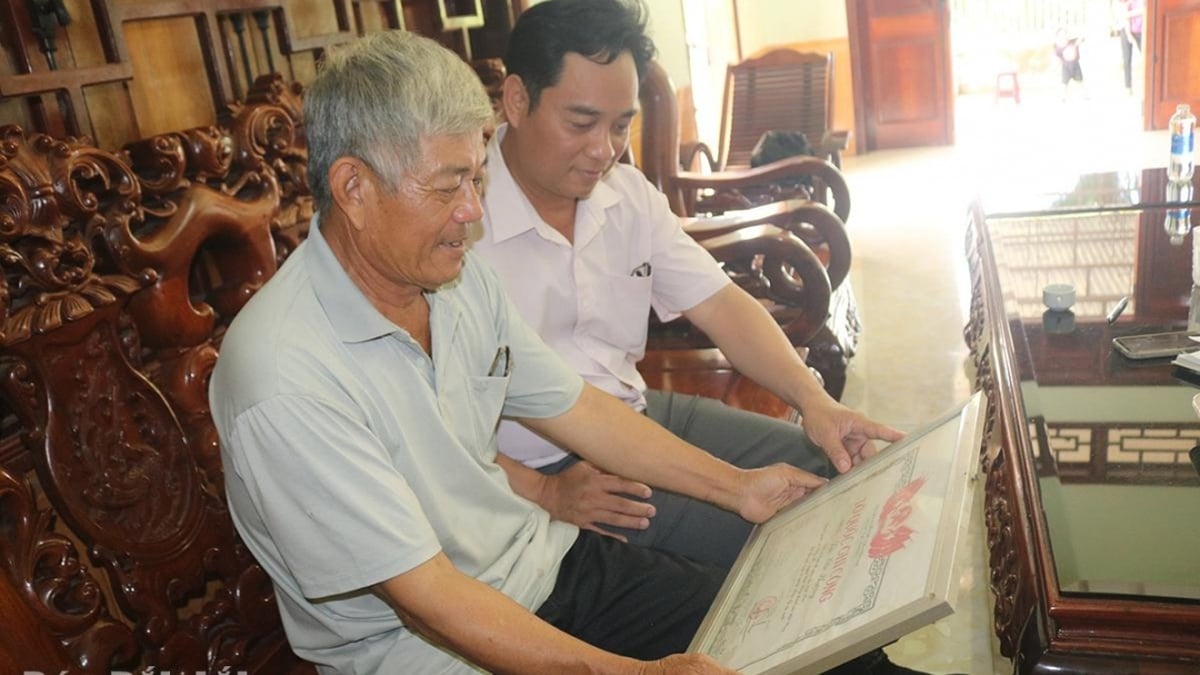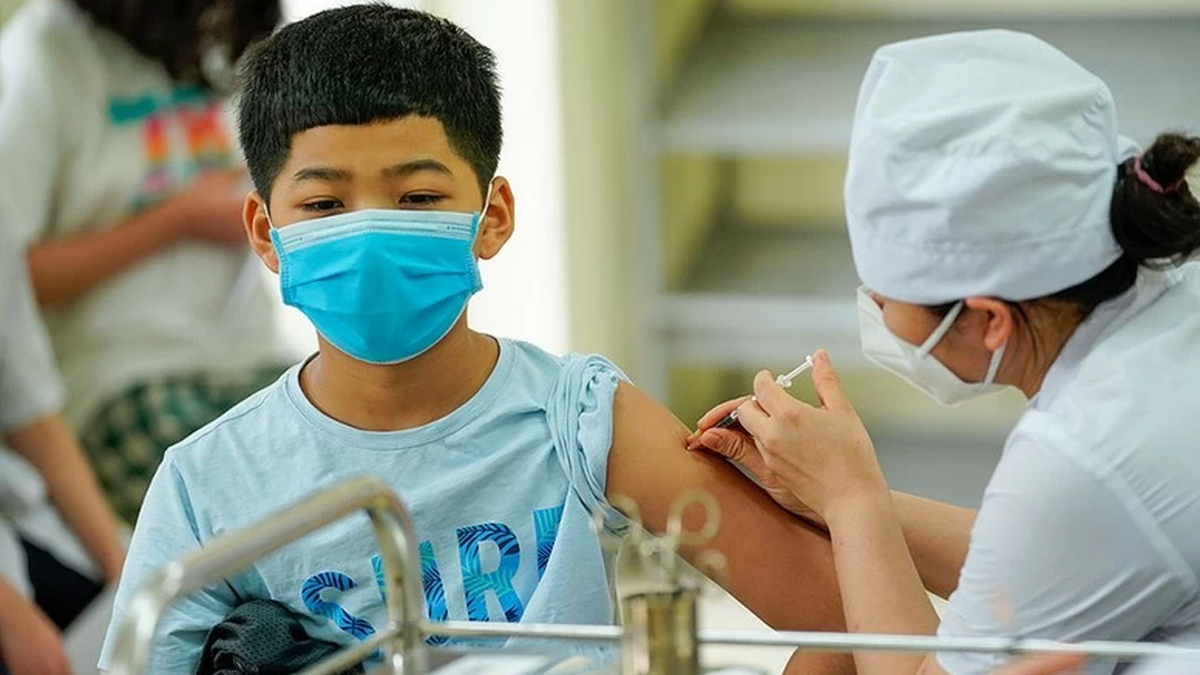Causes and risk factors of mastitis
Mastitis can have many different causes, but the most common are blocked milk ducts or bacterial infections. The following factors can increase your risk of developing mastitis:
Blocked milk ducts: When milk ducts become blocked, milk cannot flow out and creates pressure in the breast. This can lead to infection if bacteria enter the breast tissue through cracks in the nipple during breastfeeding. Breastfeeding mothers are at higher risk of mastitis due to improper latching or irregular latching, which can lead to blocked milk ducts.
Infection: Bacteria such as Staphylococcus aureus or Streptococcus can enter the breast tissue through cracks in the nipple. When bacteria invade, the body responds by causing inflammation.
Improper hygiene: Failure to clean hands and nipples before and after breastfeeding can create an environment for bacteria to enter. Using unclean feeding equipment is also a risk factor.
Uncomfortable or tight bras: Tight or uncomfortable bras can put pressure on the breast area, causing milk ducts to become blocked and inflamed.
Weakened immune system: Women with weakened immune systems, due to illness or medications, may be more susceptible to infections and mastitis.
 |
Illustration photo/ Source Internet |
Symptoms and signs of mastitis
Breast pain and swelling: Women with mastitis often feel pain in their breasts, which may be on one side or both sides, and may be swollen. Sometimes, the breast area may also become tender and easily irritated.
Red and hot: The inflamed breast area is often red and feels hot to the touch.
Fatigue and fever: When infected, the body will react with fever and feeling tired and chills.
Discharge: Some severe cases of mastitis can lead to the formation of a breast abscess, causing pus to drain from the nipple during pumping or nursing.
Difficulty breastfeeding: Women with mastitis may experience pain while breastfeeding, sometimes causing them to stop breastfeeding on the infected breast.
Dangerous complications of mastitis if not treated promptly
Breast abscess: One of the most common and serious complications of mastitis is the formation of a breast abscess. An abscess is a pus-filled pocket within the breast tissue that causes pain, swelling, and can prevent breastfeeding. Breast abscesses require surgical drainage or aspiration of the pus.
Widespread infection: If bacteria from mastitis enter the bloodstream, it can cause sepsis, a dangerous condition that can be life-threatening. Sepsis requires urgent treatment with strong antibiotics and may require intensive care in a hospital.
Impaired ability to breastfeed: Prolonged or recurrent mastitis can cause permanent damage to breast tissue. This not only affects the mother’s health but also reduces her ability to breastfeed. If the condition does not improve, women may not be able to continue breastfeeding.
Increased risk of recurrent mastitis: Women who have had mastitis in the past are at higher risk of developing it again. Failure to treat the condition can lead to recurrent episodes of mastitis, which can become more severe over time.
Treatment and prevention of mastitis
Treatment for mastitis is primarily based on the use of antibiotics to kill the bacteria causing the infection. If an abscess develops, surgery may be needed to drain the pus. Breastfeeding mothers should continue to breastfeed or express milk regularly to relieve pressure in the milk ducts and help reduce inflammation.
In addition, to prevent mastitis, women need to note the following measures:
Cleanliness: Wash your hands and nipples before and after each feeding. Use a clean, breathable towel to dry your breasts after feeding.
Adjust breastfeeding: Make sure your baby is breastfeeding properly, avoid breastfeeding for too long or in the wrong position, which can cause blocked milk ducts.
Wear a comfortable bra: Use a bra that has good elasticity and is not too tight so as not to put pressure on the breasts.
Overall health care: Maintain a reasonable and nutritious diet, and get adequate rest to strengthen the immune system.
Source: https://khoahocdoisong.vn/viem-tuyen-vu-o-phu-nu-co-the-gay-bien-chung-nguy-hiem-post1065732.html






























![[Photo] National Assembly Chairman attends the seminar "Building and operating an international financial center and recommendations for Vietnam"](https://vphoto.vietnam.vn/thumb/1200x675/vietnam/resource/IMAGE/2025/7/28/76393436936e457db31ec84433289f72)






































































Comment (0)